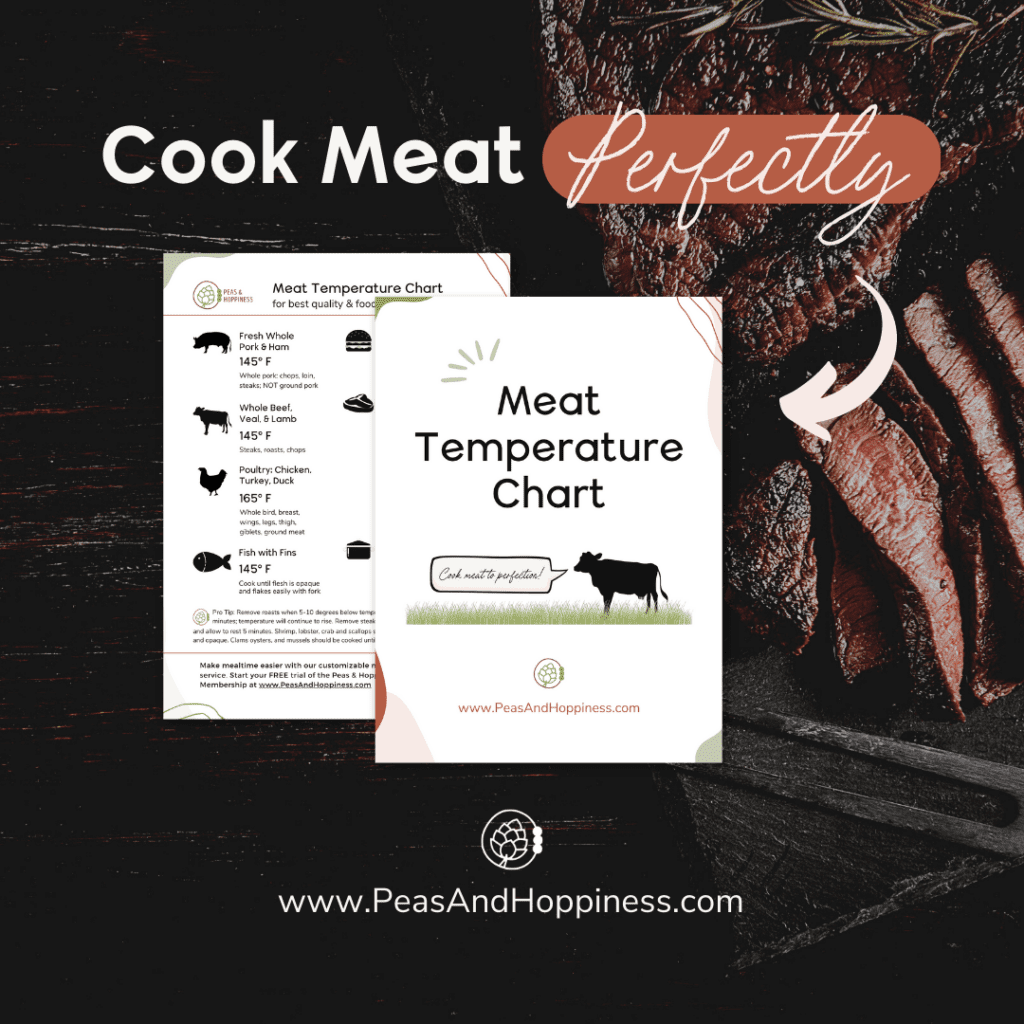Avoid food poisoning at your holiday gathering! Learn how long to thaw a turkey, when to put leftovers away, and how to have a safe and healthy Thanksgiving dinner.
Guest blog post written by Erin Kloster, student at Colorado State University studying Nutrition and Dietetics.
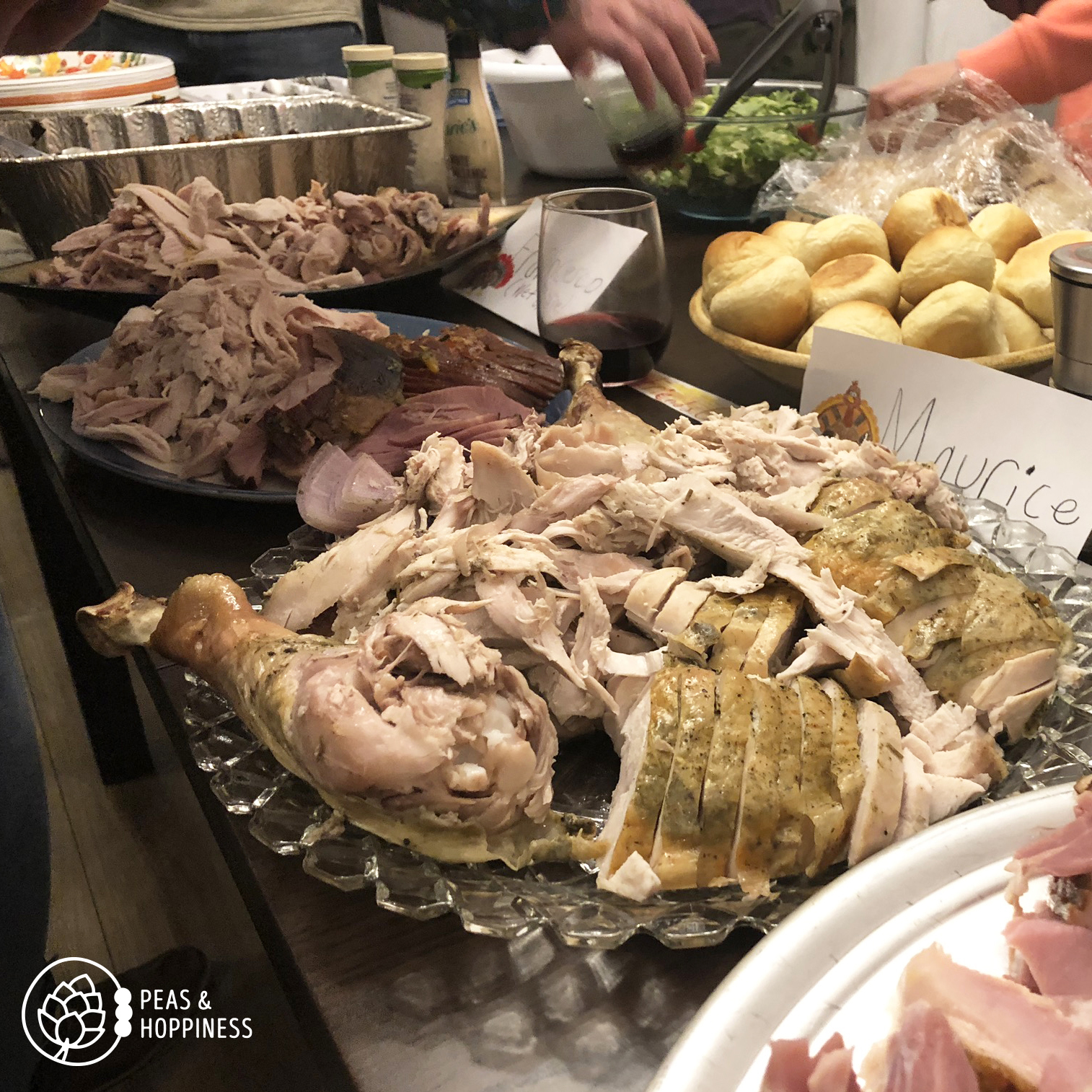 With Thanksgiving around the corner we’re all about to head to the kitchen to cook up our favorite meals (where are my stuffing lovers at?!).
With Thanksgiving around the corner we’re all about to head to the kitchen to cook up our favorite meals (where are my stuffing lovers at?!).
With all the exciting things happening around the holiday, the last thing anyone wants to think about is food safety – but it’s probably one of the most important holidays to consider how we are handling and preparing our food.
Oftentimes we only hear about foodborne illnesses (i.e. food poisoning events) which originate from restaurants, and many of us might not realize how many foodborne illnesses come from our own kitchens.
That 24-hour stomach bug which kept you up all night a few weeks ago? It might not have been your niece who gave it to you – it could very well have been the turkey sandwich you left out a little too long.
Especially during Thanksgiving when you’re preparing multiple dishes for multiple people, it’s even more important to take extra precautions when preparing your food at home.
Follow these simple food safety tips to make your Thanksgiving stress- and sick-free!
Note: this blog post contains affiliate links to products for which Peas and Hoppiness earns a small commission.
Turkey: Best Practices for Food Safety
Why Turkey is Risky
Raw and undercooked turkey can carry many types of bacteria, a common one being salmonella. A salmonella infection might be the only time you wish your relatives were fighting over politics rather than whose turn it is in the bathroom (yikes!).
What You Can Do for Turkey Food Safety
The great news is that if we follow just a few basic food safety steps when preparing our turkey, we can steer clear of any nasty foodborne illnesses.
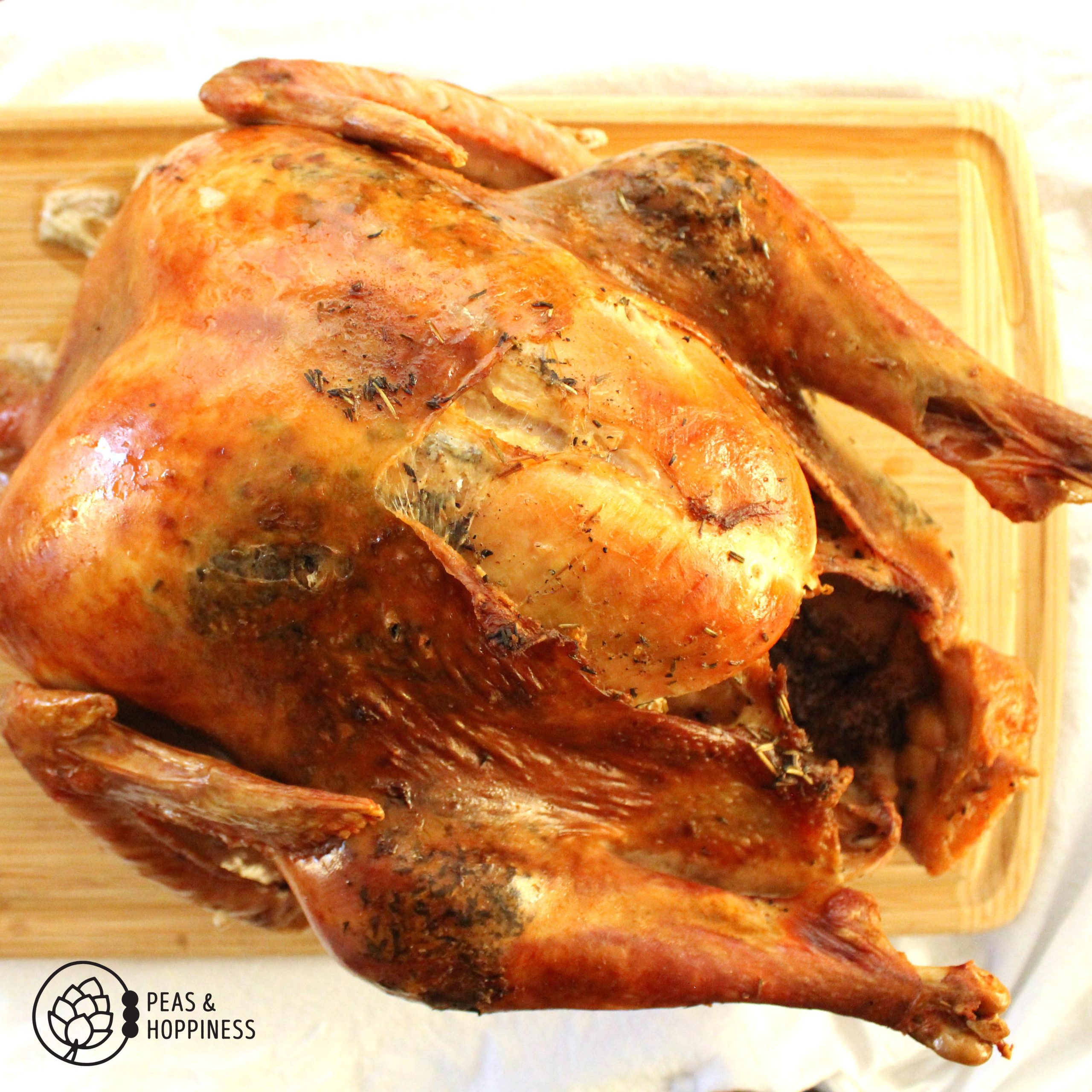 Temperature: Cooking to the proper temperature kills any potential bacteria – like the pesky salmonella – which likes to inhabit the Thanksgiving turkey. It should reach a minimum internal temperature of 165F. This is where a digital food thermometer comes into play! When checking the temperature, make sure to check it at the deepest, meatiest parts of the bird, like the thickest portion of the breast or the innermost portion of the wing. Move the thermometer around in a couple of places before removing it from the oven, just in case you find a cold spot.
Temperature: Cooking to the proper temperature kills any potential bacteria – like the pesky salmonella – which likes to inhabit the Thanksgiving turkey. It should reach a minimum internal temperature of 165F. This is where a digital food thermometer comes into play! When checking the temperature, make sure to check it at the deepest, meatiest parts of the bird, like the thickest portion of the breast or the innermost portion of the wing. Move the thermometer around in a couple of places before removing it from the oven, just in case you find a cold spot.
If you don’t have one, grab this digital food thermometer now!
Thawing: Always thaw the turkey in the refrigerator in its original wrapping or a leak-proof plastic bag (it takes about 24 hours for every 5 pounds of turkey). To thaw more quickly, submerge the sealed turkey in cold water, changing the water every 30 minutes until the turkey is thawed. The key here is cold water. Never leave the turkey sitting in warm or hot water or allow it to thaw on the counter at room temperature. Bacteria grow best in the “temperature danger zone” between 40 – 140 degrees Fahrenheit, and these techniques will cause the outside of the bird to warm up to this bacteria-loving temperature while the inside is still frozen. Thawing using the microwave isn’t recommended because the size of the turkey will cause it to thaw unevenly; the outside of the turkey can feel very hot like it’s ready to be cooked, but the inside may still be frozen.
Proper handling: Keep raw turkey separate from any other food while preparing it, because it can lead to cross-contamination where salmonella from the turkey ends up in a salad or other food which you’re not planning to cook. That would be like eating raw turkey – yuck!
Leftovers: Eat or freeze leftover turkey within 3-4 days. After this time frame the risk of getting food poisoning increases.
2 hour rule: Never leave cooked turkey out for more than 2 hours at room temperature. Keeping food out at room temperature longer than 2 hours encourages bacteria growth and can lead to illness (remember the temperature danger zone?).
Stuffing: Best Practices for Food Safety
Why Stuffing is Risky
It’s common to cook stuffing inside of the turkey. It makes it all the more delicious and I know I love to do this! The problem with doing so is if the turkey and stuffing aren’t cooked to a safe temperature or handled correctly, bacteria from inside the turkey can contaminate the stuffing. We also have to be careful if we’re adding eggs to our stuffing because eggs can also carry bacteria like salmonella.
What You Can Do for Stuffing Food Safety
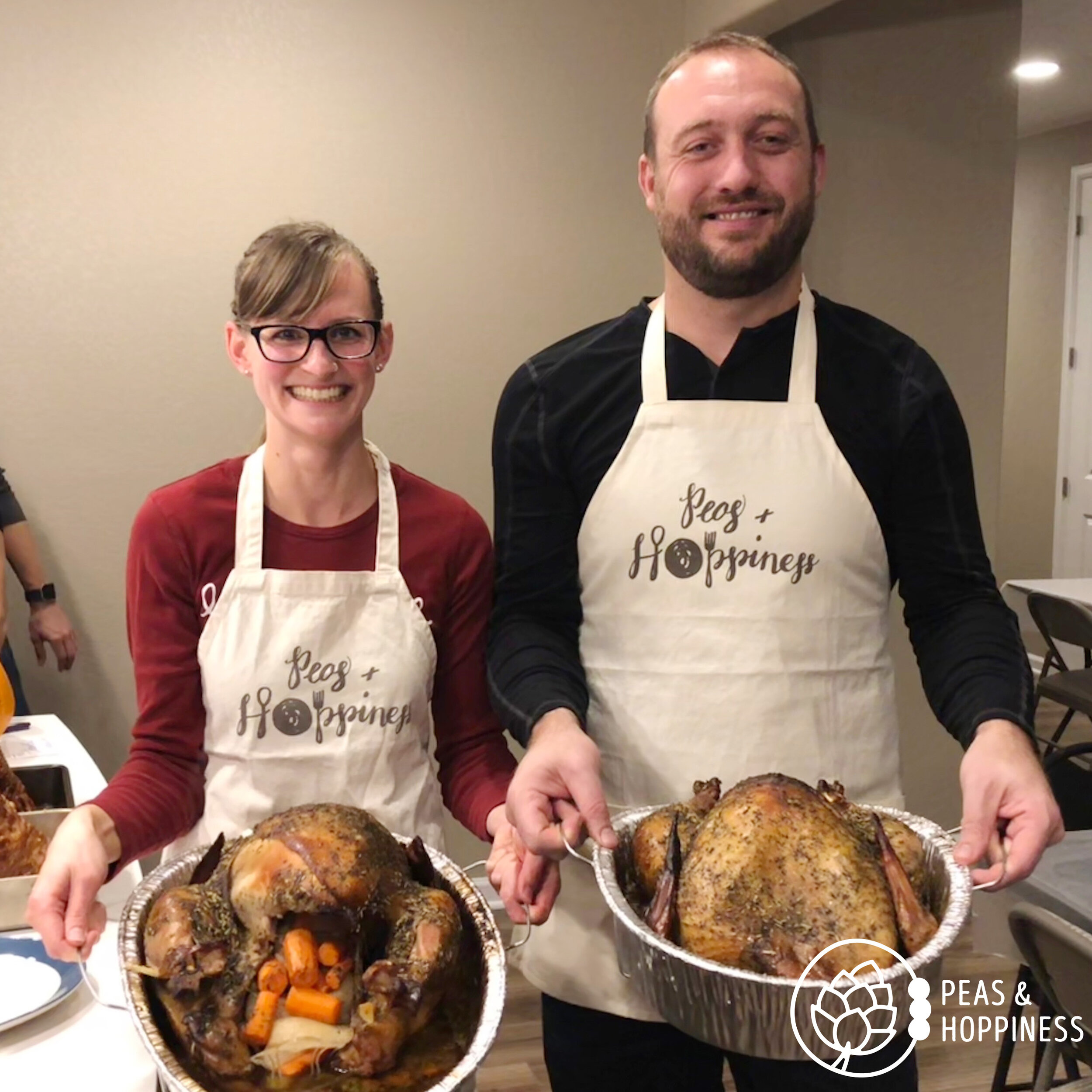 Here are a few steps we can take when preparing our stuffing to prevent us and our loved ones from getting sick.
Here are a few steps we can take when preparing our stuffing to prevent us and our loved ones from getting sick.
Cook stuffing separately: The safest way to cook stuffing is separately from the turkey, which prevents any risk of bacteria from the turkey contaminating the stuffing.
Temperature: Whether cooked inside the turkey or separately, stuffing should be cooked to a minimum temperature of 165F. This is a safe temperature as the bacteria cannot survive at this temperature.
Leftovers: Same as with turkey, consume or freeze leftovers within 3-4 days.
2 hour rule: Remember the temperature danger zone? Again, you don’t want to leave your stuffing out at room temperature for any longer than 2 hours.
Casseroles: Best Practices for Food Safety
Why Casseroles are Risky
I love Thanksgiving casseroles (green bean casserole being my absolute favorite dish ever), but many of us might not realize how important food safety is when it comes to casseroles. I know I sure didn’t.
I remember past thanksgivings when I’d leave casseroles out practically the entire day for snacking – not ideal for food safety. If a casserole isn’t cooked to the right temperature or is left out for too long bacteria can build up on the food causing us to get sick.
What You Can Do for Casserole Food Safety
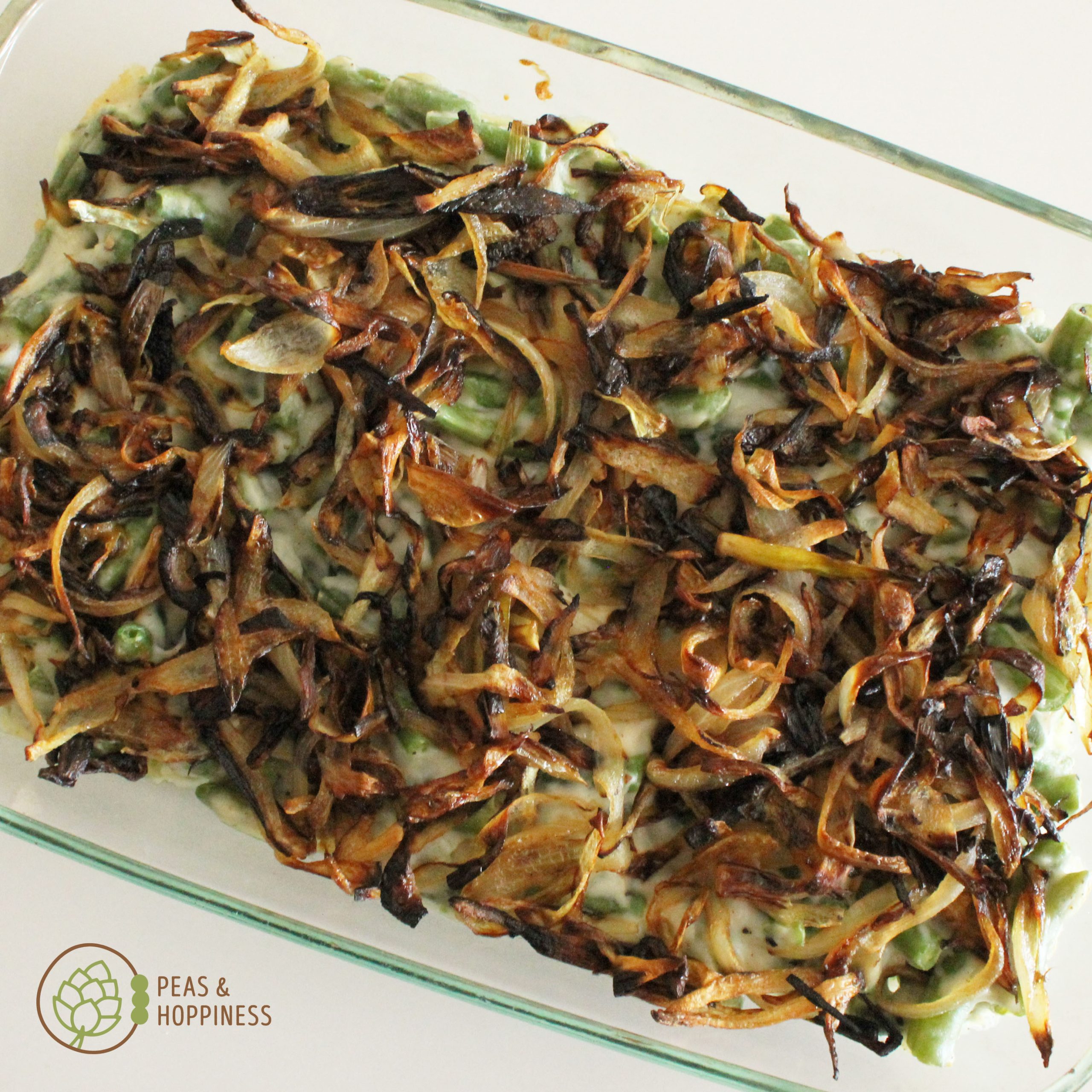 Prevent your casseroles from going bad and keep them tasting delicious!
Prevent your casseroles from going bad and keep them tasting delicious!
2 hour rule: You guessed it: the temperature danger zone also applies to casseroles. Never leave casseroles out at room temperature longer than 2 hours. If you’re like me and love to leave casseroles out to munch on, try setting a timer for 2 hours to remind you to put them in the refrigerator.
Temperature: Always cook your casseroles to a minimum internal temperature of 165 F.
Leftovers: As with turkey and stuffing, you don’t want to keep your casserole leftovers for longer than 3-4 days. This helps prevent you and your loved ones from getting food poisoning.
Have a Happy Thanksgiving!
The last thing anyone wants to deal with during the holidays (especially the most delicious, food-filled holiday of the year) is food poisoning.
Knowing the correct temperatures to heat your food, how to store your leftovers, thaw your turkey, and how long you can safely leave your food out after cooking are all important steps to ensuring the quality and safety of your food so you enjoy a tasty Thanksgiving dinner free from food poisoning!
Now let’s get cooking!
Erin Kloster
Your Guide to Perfectly Cooked Turkey
For a quick reference when you’re in the kitchen this week, download this Meat Temperature Chart to cook meats and casseroles for best quality and ideal food safety.
Don’t a food thermometer? This one is my favorite!
Meet the Author:
Erin Kloster
Erin Kloster is a Colorado native and student at Colorado State University. She is studying Dietetics and Human Nutrition and has long had a passion for health, wellness, and food.
Erin’s goal is to become a registered dietitian to help people establish healthy eating habits that are attainable and suitable to each person’s lifestyle.
